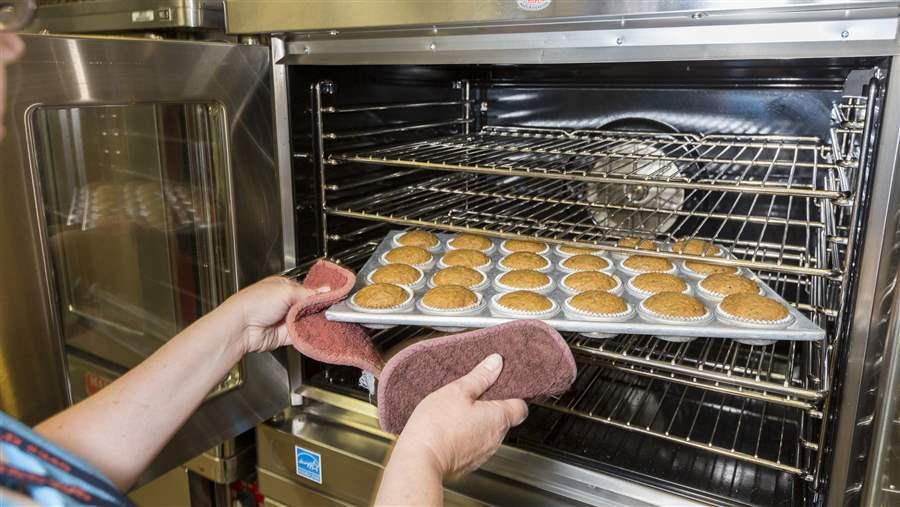Logan Elementary School
Topeka, Kansas
As any restaurateur knows, when cooking food in large quantities to be served at multiple locations, a standardized process is the best way to ensure that the dish will be successfully replicated for each customer. The same goes for the meal program in Seaman Unified School District 345 in Topeka, Kansas, which prepares tasty, nutritious food for its 3,700 students. However, one school, Logan Elementary, was struggling to align its meal production with the rest of the district because of undependable, labor- and energy-squandering equipment that had been in service for 40 years. The school, where 66 percent of students are eligible for free or reduced price meals, received a USDA grant to purchase two new pieces of food service equipment: a double convection oven and a steam jacketed kettle.
The old oven was installed in 1975 and no longer maintained a consistent temperature, so meal preparation took longer than necessary and occasionally led to undercooked food being ruined and wasted.
“I absolutely love the new oven; it works great,” said kitchen manager Karlin Price. With the new oven, the school was able to reduce food waste, because recipes cooked more uniformly, and to improve efficiency, because employees no longer had to closely monitor the oven or rotate pans to prevent uneven cooking.
All other schools in the district were already using steam jacketed kettles to streamline production of more complicated dishes such as entrees that call for a mixture of raw ground beef and turkey cooked together. Before buying the kettle, Logan was using an unreliable tilting braising pan, which was old and difficult to maintain, along with inefficient workarounds to create meals that other schools were making more easily.
According to Price, nutrition staff now use the oven and kettle to incorporate recipes she learned during a state agency training on their menus, including whole grain-rich items like dinner rolls and breads, brown rice, and pumpkin muffins. Americans routinely do not eat enough whole grains, so these additions offer students more opportunities to consume healthy amounts of fiber and important minerals.
“Thanks to the new equipment, Logan Elementary now has better-quality food, less waste, improved energy efficiency, decreased preparation time, and districtwide recipe/procedure standardization,” said Kaye Kabus, the district’s food director. “That’s an impressive result from just updating two pieces of kitchen equipment and a far-reaching one, too, as Logan’s kitchen prepares meals for two additional schools.”
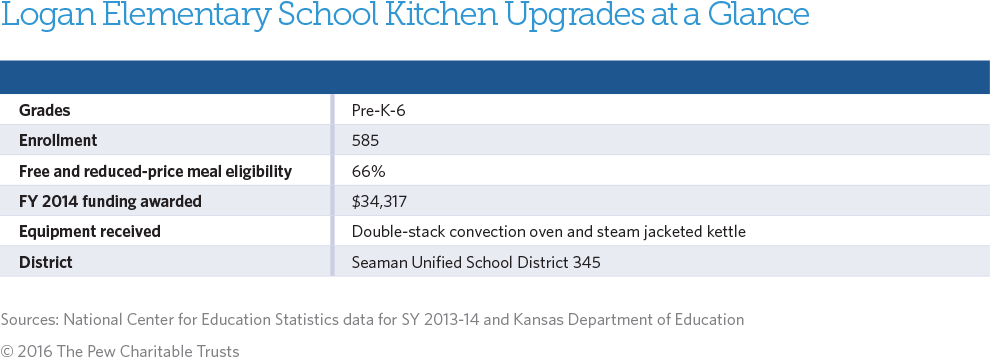
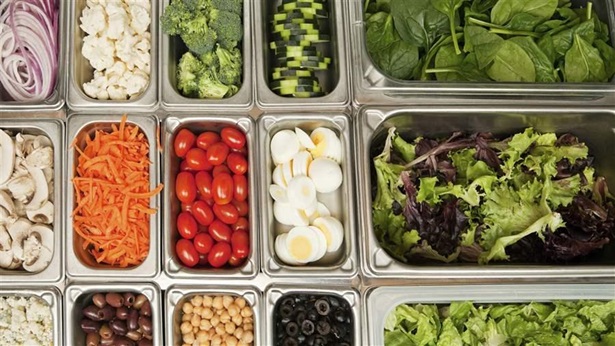
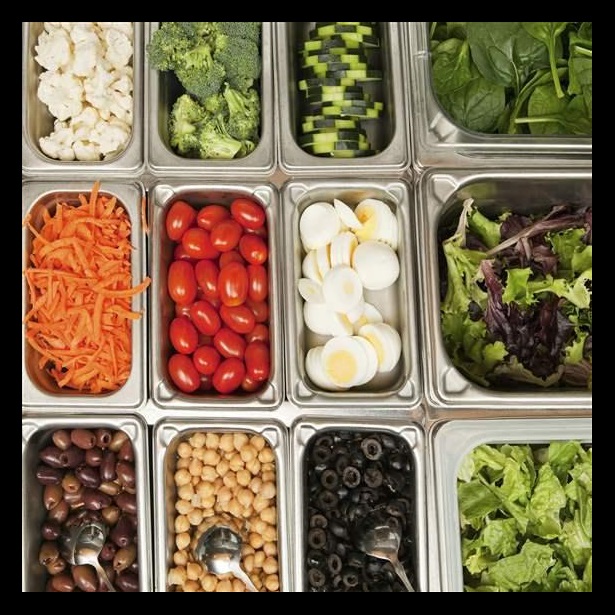
School Nutrition Gets a Boost From USDA Kitchen Equipment Grants
School Nutrition Gets a Boost From USDA Kitchen Equipment Grants
Learn More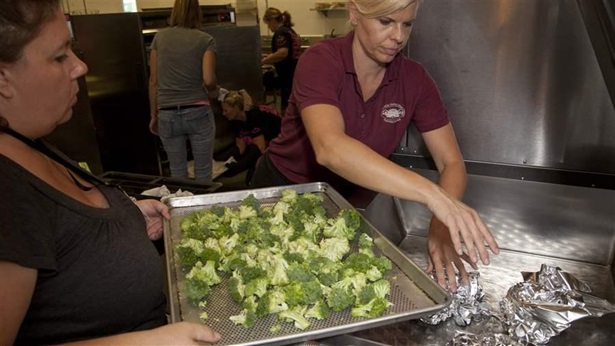
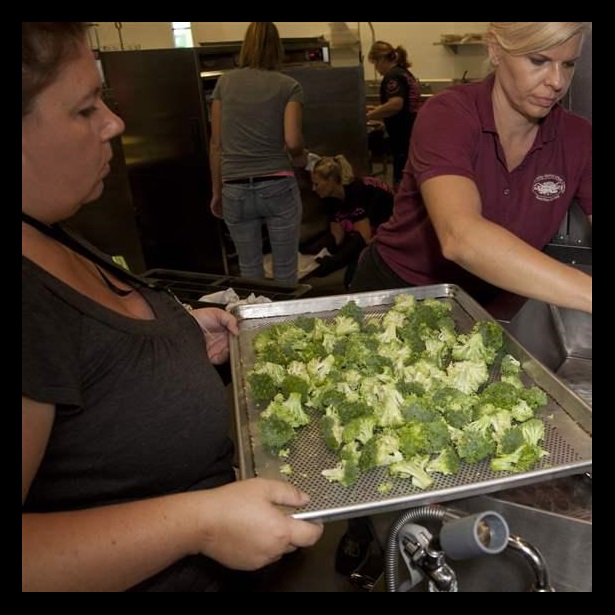
USDA’s School Kitchen Grants Benefit Meal Programs and Students
The right equipment makes a difference in efficient...
Learn More